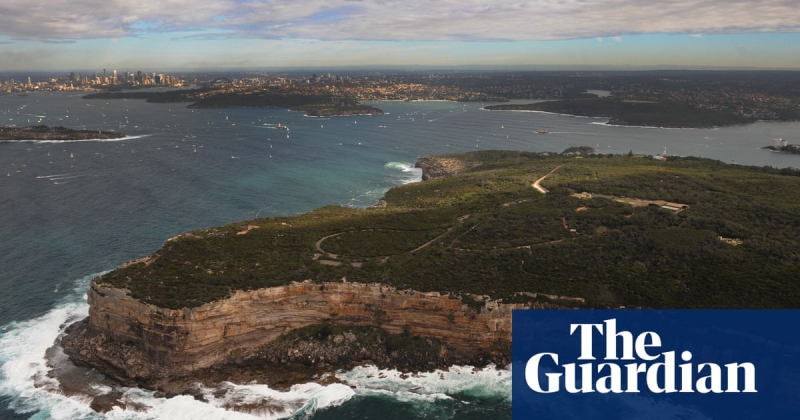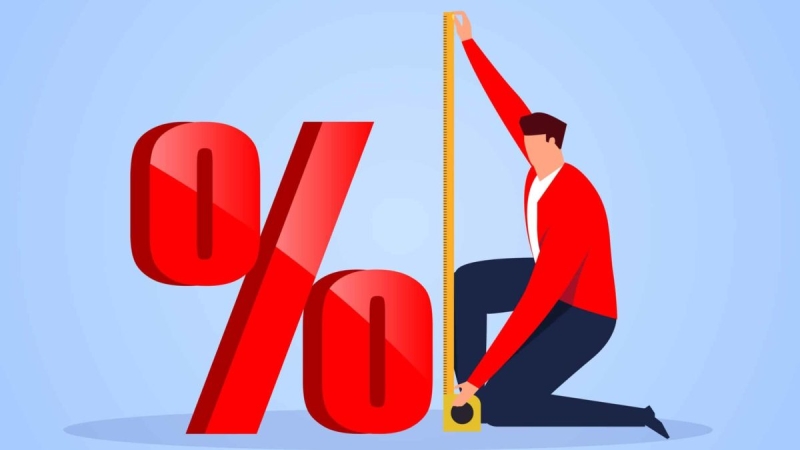Sydney Water plans to build new facilities inland and expand a pilot scheme to recycle wastewater for drinking, but will need outfalls for foreseeable future
Sydney Water plans to spend $32bn to improve the city’s sewerage system over the next 15 years but waste will continue to be pumped into the ocean off its famous eastern suburbs beaches.
The water authority says it doesn’t plan to upgrade the Malabar, Bondi and North Head sewage treatment plants but it will send less waste through them once it overhauls the rest of the city’s water infrastructure.
Some experts believe Sydney’s unusual sewerage system – which heavily relies on the coastal plants – is to blame for thousands of debris balls or “fatbergs” washing ashore over the past six months.
The NSW Environment Protection Authority (EPA) has said testing revealed the balls were consistent with human-generated waste such as grease and faecal matter.
Sydney Water’s executive general manager for infrastructure delivery, Nicholle Sparkes, said the agency had a team of scientists working with the EPA to “understand what may be the cause” of the debris balls.
“Obviously, if there are any lessons learned out of that, we will ensure that is … reviewed by Sydney Water,” Sparkes told Guardian Australia this week.
Under its “long-term capital and operational plan”, Sydney Water intends to reduce its reliance on the coastal plants by processing more wastewater inland. New facilities will be built in Sydney stretching from Arncliffe to Quakers Hill.
Sparkes said the agency wanted to limit the pressure on the three “ageing” coastal facilities and shift towards reusing water – and even purifying it so it could be added back into the drinking supply.
Map of proposed water treatment sites
“Many of the city water assets are old and they’re nearing the end of their effective life,” she said.
Sydney’s sewage is only given “primary” treatment at the wastewater plants in Malabar, Bondi and North Head before it is pumped out to sea through “deepwater outfall” pipes that reach between 2km and 4km off the coast.
Primary treatment involves physical processes such as pumping sewage through a screen to remove solid waste. Secondary treatment involves finer filtration and biological processing to break down the sewage.
Environmentalists unsuccessfully campaigned to have “secondary” treatment added to the plants before the ocean outfall pipes were built in the 1990s.
Water policy expert Prof Stuart Khan said the “vast majority” of Sydney’s wastewater went into the ocean through the Malabar, Bondi and North Head plants when as much as possible should be pulled from the sewerage system and reused.
“What we’re currently doing now is not sustainable – discharging 80% of the sewage produced by five million people into the ocean after only primary treatment,” Khan said. “Every drop of water we send out into the Pacific Ocean is wasted water.”
Khan, who heads the school of civil engineering at the University of Sydney, said he supported Sydney Water’s plan to stop as much wastewater as possible from reaching the city’s east by diverting it to inland plants.
“If we planned it well and pulled out as much [wastewater] as we could as far west as we can, then you’d only have to pull out a bit in the east,” he said.
He hoped Sydney Water would eventually add secondary treatment to the Malabar, Bondi and North Head plants if other new facilities meant less wastewater was processed at those three sites.
“The more you can reduce the volume, the more realistic it becomes … to think about secondary treatment,” he said.
Along with treating sewage and trying to prevent most of it from going into the ocean, Sydney Water’s other major challenge is ensuring the city’s forecast population of seven million people has water in the face of the climate crisis.
Khan said golf courses and large industrial companies were the obvious customers for recycled water in the short term – but it made sense to focus on purifying wastewater so it could be reused for drinking and other household purposes.
“Purifying it to a level that it can safely and reliably be added back into the drinking supply – that’s the option of the future,” he said.
Sparkes said 65% of the city’s drinking water would need to come from sources other than rainfall by 2050. She pointed to recycled water and desalination as two solutions.
Currently, Greater Sydney relies on rainfall for 85% of its water supply.
Sydney has a desalination plant in Kurnell which Sydney Water says supplies water for up to 1.5 million people.
Sydney residents don’t drink any recycled water – yet. But Sydney Water has been running a pilot scheme at a facility in Quakers Hill which it plans to expand.
Sparkes said there were “still a lot of steps to go through” in terms of public health and environmental regulation, but it was an “initiative that will be pursued with a strong emphasis on cost-effectiveness”.
“You’re purifying, recycling [wastewater] and you’re putting it back in a waterway that then goes back through the process of water that would come through our dams and our other sources,” she said.
“So it’s … cleaner than the water that’s already in our dams by the time it gets back to us.”
Between 2024 and 2033, a new treatment plant or “water resource recovery facility” (WRRF) is scheduled to be built in Camellia in western Sydney. Other purified recycled water schemes will be expanded or constructed at Quakers Hill and Liverpool.
Sydney Water plans to build an additional WRRF in Arncliffe “sometime between 2034 and 2050”.
The water authority estimates the plan will cost $26bn over the next five years and $32bn in total over the coming decade, which it intends to fund by increasing water bills.
Sydney Water said the initial phase would result in an average bill increase of $4.70 each week for the first year and $2.20 each week for the following four years.
The New South Wales independent pricing and regulatory tribunal – the body which regulates the price of government services – is considering the plan.





